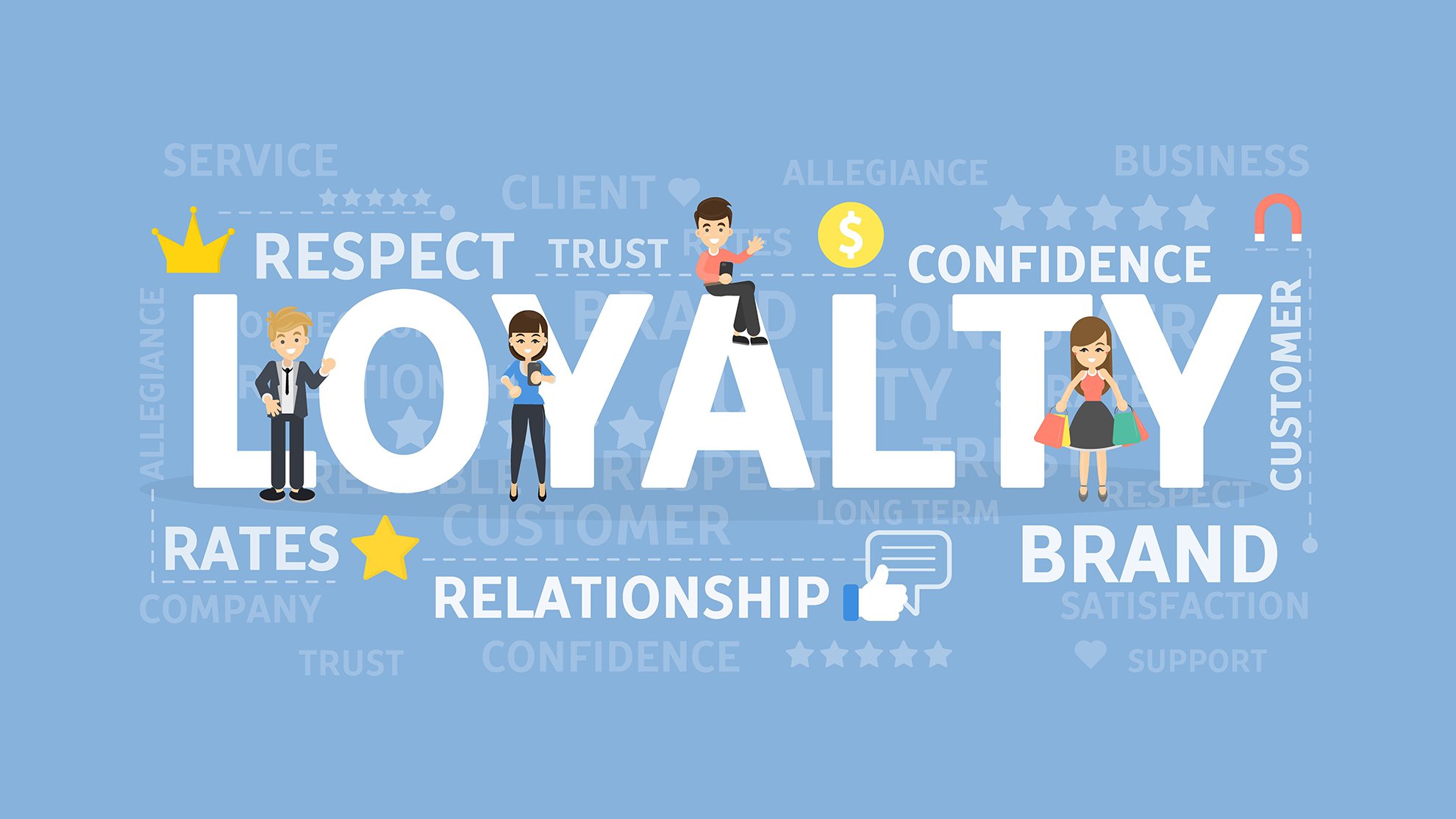
With customer expectations rising faster than the speed at which organizations can improve their customer experience, how can your brand create an exceptional customer experience that ensures loyalty?
To foster loyalty, brands need to provide an exceptional experience. According to an Accenture study, 82% of customers who have switched allegiances from one retailer to another have signified a better customer experience would have “prevented the switch.” At the end of the day: Customer experiences, whether good or bad, leave a lasting impression and influence future behavior.
Research shows 89% of customers switch brands due to a bad customer experience, and service-related issues—not the price of a product or service — are the cause of the majority of customer losses.
Customers are willing to spend more on a product or service when the brand “understands” them and “knows” their recent purchasing and browsing activities, making a unique and personalized experience table stakes. Following are four easy but effective ways of winning and nurturing more pleasurable consumer relationships that lead to loyal customers and guaranteed revenue generation.
1) Understand Who Your Customers Are—Create an Emotional Connection
As part of our brand strategy consulting best practices, we remind clients that brand loyalty begins with understanding what’s important to your customers. Naturally, you can’t effectively nurture your customers and influence their experience if you do not understand their needs. The Journal of Consumer Research discovered that more than 50% of an experience is based on an emotion—emotions form the attitudes that drive our decisions.
Consumers become loyal customers because they are emotionally attached, and they remember how they feel when they use a product or service. In a 2016 compelling Olympics ad, Gatorade utilized storytelling to engage viewers with “The Boy Who Learned To Fly”— an animated short film about sprinter Usain Bolt and his relationship with and connection to his mother. Watching the ad transports viewers into Usain’s childhood and subsequent transition to an Olympic athlete. We see Bolt running on clouds (flying) with lightning bolts coming from his shoes during his run. Viewers connect emotionally with Usain, his mother, and in turn, Gatorade.
2) Master Multichannel Marketing—Be Everywhere Customers Want You to Be
A core principle of marketing is to be where your customers are, and in 2018 that’s pretty much everywhere. Social media monitoring and mobile marketing have been the major digital disrupters in the last several years; however, email and even direct mail are showing no signs of disappearing, especially in many b2b sectors.
Keep in mind customers don’t care about how many channels you enable them to access. They just want to buy what they want, the way they want it, have their questions answered, their issues resolved, and their opinions acknowledged. For the customer, channels are merely a way to communicate. They don’t have to think about it; they just jump on the channel of choice and interact with the brand.
So, should you be on every channel? Perhaps, but at a minimum, at least the ones where your customers are. A robust multichannel marketing campaign can increase lead generation, lead conversion, and revenue results.
3) Empower Employees and Act on Their Feedback
Employees will have a more comprehensive understanding of the customer experience, since they have a complete view of all the UX elements in your products and services. Most organizations conduct an annual employee survey that captures overall feedback of their teams—how engaged they are and the business’ ability to deliver an exceptional customer experience.
But, what happens between the survey periods? Usually, not anything; this is where continuous employee feedback can play a critical role, using tools that allow them to share ideas on how to improve the customer experience, and help managers understand employees’ feelings about the business.
4) Use the Data—Capture Customer Feedback in Real Time
Loyal customers can grow a business more rapidly than sales or marketing. However, if you never ask for customer feedback, you’ll never understand what drives customer satisfaction. Taking that argument one step further, if you don't know what drives satisfied customers, it will be impossible to create loyalty, and customer loyalty drives business growth.
Feedback collected real-time enables you to deploy technology across a variety of customer contact channels;. It ensures that you’re asking for the feedback on a channel that best suits your customers, and therefore increases the likelihood of them responding. Organizations can drill down to the “why” for an immediate view of customers’ feelings and opinions of them at that point in time. This can also help dealing with dissatisfied customers within minutes to support customer retention strategies.
According to the Walker 2020 study, customer experience has surpassed price and product as the key brand differentiator. That means if you haven’t done so already, it’s time to make the customer experience your brand’s next big bet.
Recent Posts
Posts by Topics
- Brand Strategy (57)
- Brand Strategy Consulting (28)
- Brand Differentiation (27)
- Customer Experience (24)
- Brand Positioning (22)
- Marketing Strategy (9)
- Brand Extension Strategy (8)
- Customer Behavior (8)
- Brand Architecture Strategy (7)
- Brand Extension (7)
- Brand Growth (7)
- Brand Portfolio & Architecture (7)
- Brand Purpose (7)
- Brand Value Proposition (7)
- Brand Engagement (6)
- Brand Portfolio Strategy (6)
- Brand Storytelling (6)
- Rebranding Strategy (6)
- Brand Awareness (5)
- Brand Image (5)
- Branding (5)
- Rebranding (5)
- Technology (5)
- B2B Brand Strategy (4)
- Brand Experience (4)
- Value Proposition (4)
- Brand Extendibility (3)
- Brand Metrics (3)
- Brand Repositioning (3)
- Corporate Branding (3)
- Differentiation Strategy (3)
- Measurement & Metrics (3)
- Brand Engagement Strategy (2)
- Brand Portfolio (2)
- Brand Promise (2)
- Brand Voice (2)
- Digital Marketing (2)
- Digital and Brand Experience (2)
- Employee Brand Engagement (2)
- Brand Architecture (1)
- Brand Development (1)
- Brand Equity (1)
- Brand Identity (1)
- Brand Measurement (1)
- Brand Name (1)
- Brand Strategy Consultants (1)
- Brand Strategy Firms (1)
- Digital Strategy (1)
- Internal Branding (1)
- Messaging (1)


